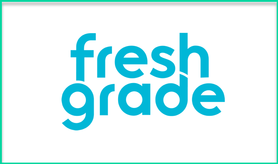
To start with, and as mentioned in the video, FreshGrade is and always will be completely free for teachers, students, and parents. FreshGrade does offer a paid plan at the district level, which provides additional data insights and SIS integration, and you can find out more about that plan here. This review will focus on what FreshGrade looks like at the classroom level, and how teachers can potentially benefit from the app. To that end, here’s how one teacher is using FreshGrade in her classroom
In general, FreshGrade has focused their app on four primary areas:
- Student empowerment & voice
- Parent engagement & communication
- Enabling 21st century learning practices
- Innovative assessment
FreshGrade can be used through either your web browser or through their iOS and Android apps. There are some functionality differences, and the tablet and phone apps don’t have all the assessment features that the web browser version has, but by and large you can do most everything you need regardless of your device (more details on that throughout the review).
When you first login to FreshGrade, you’ll be asked to add in your students. If your district has a paid version of FreshGrade, these will all be automatically imported through your school’s SIS. Unfortunately, if you have a free account, you’ll need to enter these in manually. Luckily, FreshGrade makes this process easy and all you need to do is copy and paste in your student list and you can add them all in at once.
The next place to check out is the Teacher Dashboard. Here you’ll be able to see your students’ progress across any activities that they’re working on as well as being able to see your overall class progress towards specific objectives you’ve defined. You’ll also have any notifications here (for example, if a student submitted an assignment for you to assess) and a collection of quick links to access FreshGrade’s most popular features.
At the core of FreshGrade is the digital portfolio feature. Within the Portfolio, students and teachers are able to upload student artifacts in a variety of formats. You can add images, videos, audio, and text posts, and these can be added from your computer or directly from your mobile device using the FreshGrade app.
Student artifacts will appear along a timeline so you can see their progress over the entire year. On top of that, students, teachers, and parents can comment on their work, which I feel adds so much transparency to the assessment process.
Additionally, if your district has purchased a plan, you’ll be able to see student portfolios across other classes as well, either current or former. This can be enormously beneficial in exploring student growth, and can be wonderful for students as well to have the ability to look back over everything they’ve done.
But even without the paid plan, I’m a really big fan of the portfolio side of FreshGrade. It’s incredibly simple for students at all grade levels to use, and it allows students, teachers, and parents to get exceptional insight into student progress over the course of a year. And if you are using the app version, everyone will automatically get push notifications anytime anything is updated.
As for sharing out student portfolios with those outside of the school system (i.e. to a college admissions office or a potential employer), the teacher can invite those people to become collaborators on the portfolio so they can access the student’s work as well. At this time, there’s unfortunately no way to get a public link for student portfolios though, in case the student wanted to send it out or use the link on a resume.
On the Gradebook side of things, FreshGrade offers a lot of flexibility. From your typical spreadsheet style, 0-100 traditional gradebook, to content mastery / standards-based / non-numerical grading, FreshGrade can do it all.
When you check out your gradebook you’ll see an overall summary of where your students are at in the top left of screen. This graph will represent whatever metrics you’ve set up, so you can easily where students are at in terms of scores/success. You can also filter your gradebook by class, subject, unit or any specific labels that you’d like to define.
For each student you can get an individual breakdown of how they’ve done on each assignment, and you can of course grade assignments here as well. But one of the really nice features of FreshGrade that I haven’t seen anywhere else, is that anywhere you see a grade (e.g. within a student’s portfolio) you can click on it to edit or grade it. This allows for a lot of flexibility in how and where you do your assessment.
You have the option of adding an activity (aka lesson) from within the gradebook view as well. When doing so, you’ll need to define some standard fields like title, date, description, and category, but this is also where you can align your activity with specific standards or objectives. FreshGrade has the CCSS built in, but you can also add in custom ones if you’d like to.
Additionally, you’ll be able to add in any type of resource you’d like (i.e. websites, docs, PPTS, videos, you name it) and decide on which type of assessment tool you’d like to use. The FreshGrade team has built in a variety of assessment tools, but you can create custom ones as well that can be aligned to however your school or district approaches assessment.
Plus, you have the ability to differentiate your assignments by sending them out to individual students or to groups of students, rather the whole class at once.
Under the reporting you’ve got two options. First up is the Learning Slideshow. This is basically a video scrapbook of highlights from the year. It will capture 10 moments from the student’s year and post it to portfolio
You’ve also got the Summary Report, which is a more in-depth view of student progress and is completely customizable by the teacher or school. You can add in whatever details, indicators, achievements, or artifacts that you’d like here, and it’s meant to demonstrate student growth in an individualized and detailed manner.
Finally, teachers can also send out announcements to parents and students in their classes and they can see who has viewed announcements. This is an excellent communication feature, and helps limit the need for teachers to use multiple apps.
Overall, I’m a big fan of FreshGrade. To begin with, free apps are always nice, particularly when those apps are well-designed and offer the potential to help improve classroom practice. The portfolio aspect of FreshGrade offers a wonderful way for students to monitor their own growth and progress and for parents and teachers to gain insight into student progress as well. On top of that, the Gradebook offers enormous flexibility, as do the assignments.
In short, FreshGrade offers all the benefits of a well-designed learning management system with the added bonus of a robust digital portfolio that gives teachers flexible assessment possibilities and parents a chance to see what their kids are up to. It’s a great app, regardless of which features you might want to use it for, and you can find out more information on the FreshGrade website.
The opinions expressed in this review are my own.
I was not compensated for writing this review.

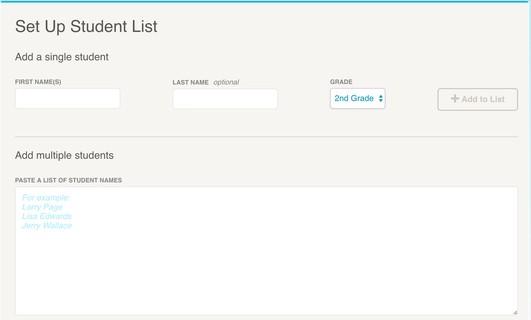
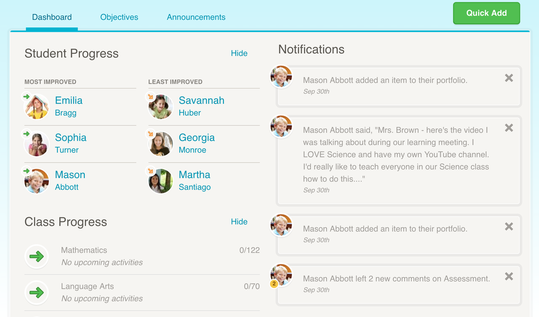
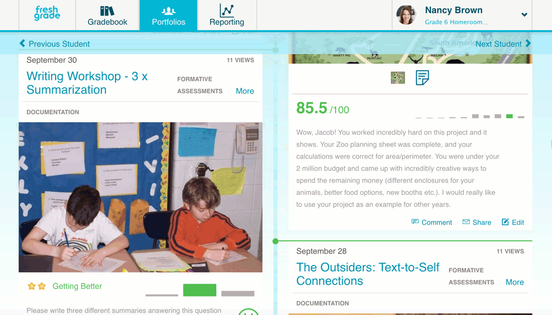
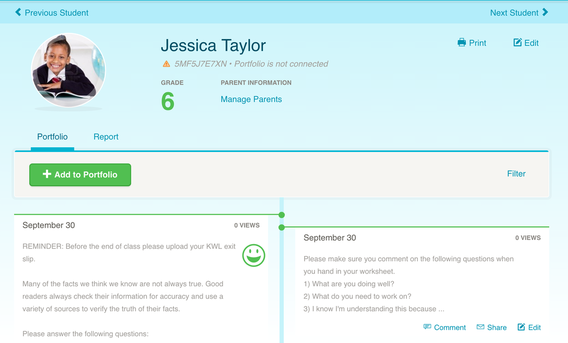
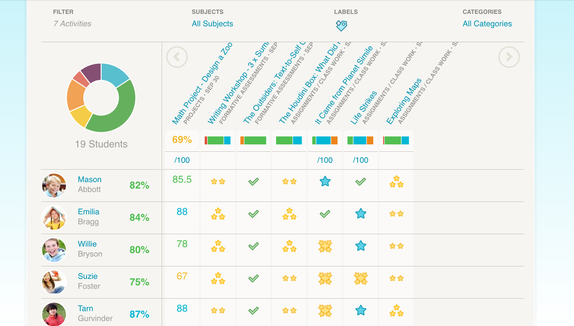
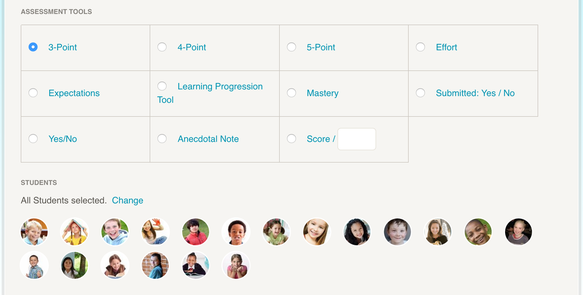
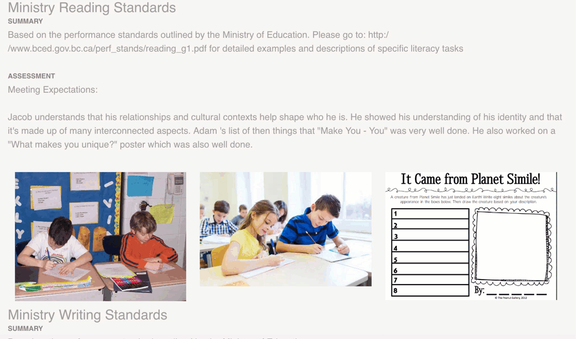
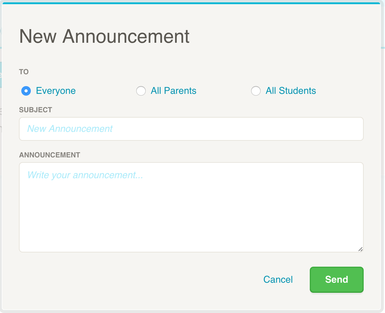


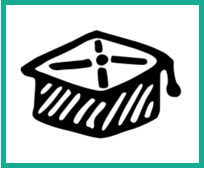
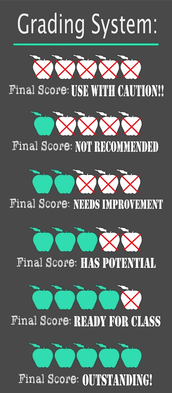




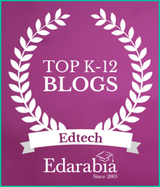
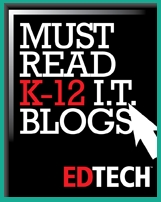




 RSS Feed
RSS Feed
